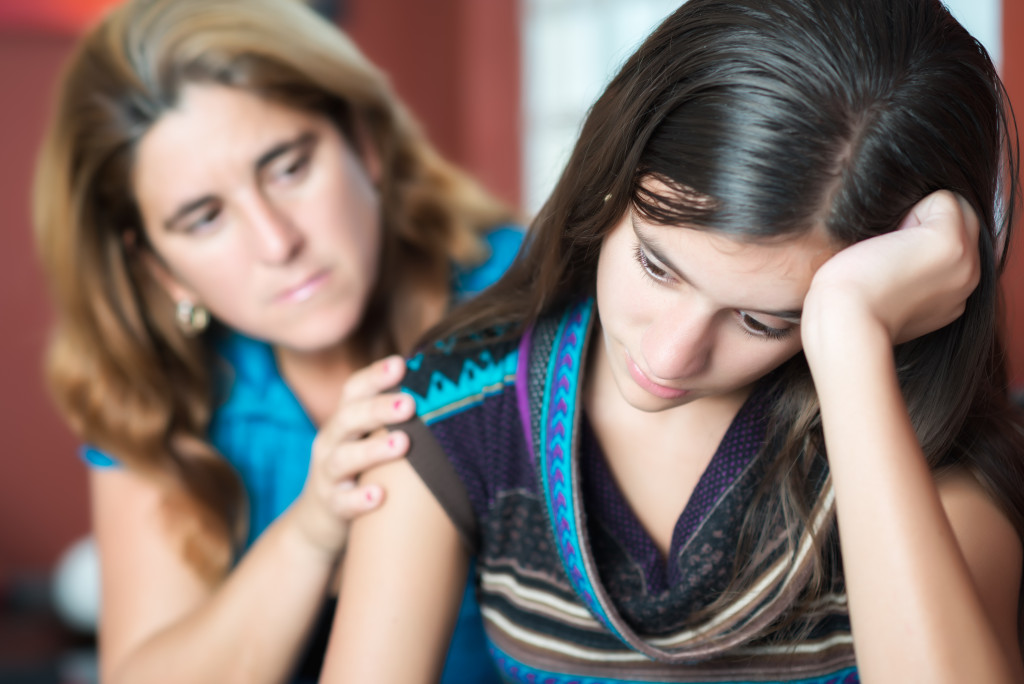Authoritarian parenting styles have been shown to be associated with poorer mental health outcomes and higher rates of anxiety and depression in children. In contrast, gentle parenting approaches have been linked with increased empathy, self-regulation, and social competency in children.
This is because gentle parenting provides a secure and consistent base from which children can explore the world while also teaching them how to cope with difficult emotions and situations. If you want to consider a more gentle approach to parenting than the one you were used to, here’s what you need to know.
What is Gentle Parenting, and Why is it Important?
Gentle parenting is a term used to describe a style focused on creating a warm, nurturing, and responsive relationship with your child. It’s based on the belief that all children are born good and have an inherent need for love and connection.
This parenting style helps to build trust and attachment, and provides a foundation for healthy emotional development. When children feel loved and supported, they are more likely to develop into happy, well-adjusted adults than those who don’t. An excellent example of this would be if a family were struggling with many conflicts.
In this case, a gentle parent would take the time to listen to their child’s needs and feelings and work to find a resolution that would benefit everyone involved. This parent would also be more likely to use positive reinforcement than punishment when children behave well.
The Cycle of Trauma and How You Can Break It
Trauma can be passed down from generation to generation. Children who witness or experience trauma are at risk for developing post-traumatic stress disorder (PTSD), which is a condition that can occur after someone has been through a traumatic event. This can include anything from abuse or neglect to natural disasters or family violence.
PTSD can lead to several problems, including anxiety, depression, substance abuse, and relationship difficulties. Children with PTSD may act out in school, have trouble sleeping, or become withdrawn and isolate themselves. If not adequately addressed, the cycle of trauma can be passed down from one generation to the next.
However, it’s possible to break the cycle of trauma. If you’re a new parent struggling with past trauma or raising a child who has experienced trauma, there are things you can do to help. For one, it’s essential to understand the effects of trauma and how it can impact your family.
Understanding the Effects of Trauma
The first step is to understand the effects of trauma. Trauma can profoundly impact a child’s developing brain and lead to emotional regulation, attachment, and behavior problems. It’s important to remember that every child responds to trauma differently.
Some may show signs of distress immediately, while others may not exhibit symptoms until later in life. There is no “right” way to heal from trauma, and you must be patient and gentle with yourself and your child as you navigate this process.
Recognizing Signs of Distress in Your Child
Many signs may indicate that your child is struggling with trauma. These can include changes in behavior, such as acting out or becoming withdrawn; changes in sleeping or eating habits; and difficulty concentrating or paying attention. Your child may also seem on edge, easily startled, or hypervigilant.
If you notice any of these changes in your child, it’s vital to seek professional help. A therapist who specializes in trauma can assess your child and provide the necessary support and resources. You could also seek help from family health care services to get started. Taking this step can be difficult, but it’s important to remember that you’re not alone and there is help available.
Creating a Safe and Supportive Environment for Healing
The final step is to create a safe and supportive environment for healing. This means providing your child with consistent love and support, helping them to develop a positive sense of self, and teaching them healthy coping skills. You could also minimize the punishments and use positive reinforcement when your child is behaving well.
Creating a family environment free from violence and conflict is also important. If you’re struggling with your own trauma, seek professional help so that you can be the best possible parent for your child. After all, you won’t be able to effectively support your child’s healing if you’re not taking care of yourself first.
Breaking the cycle of trauma is possible, but it takes time, patience, and effort. You can create a safe and supportive environment for your child to heal and thrive with the proper support and resources. So, consider gentle parenting as one option to help you and your family recover from it.





